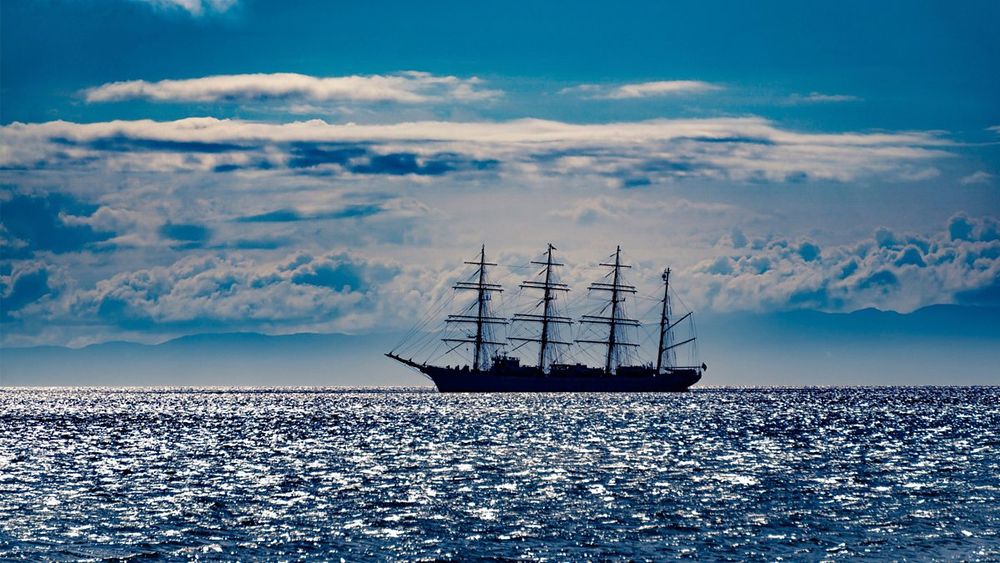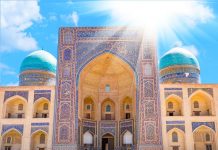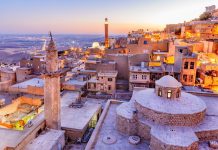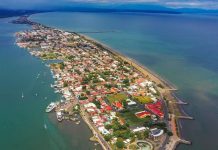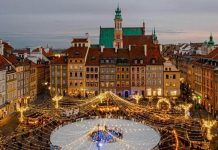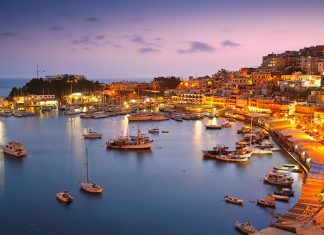During the last decades of this millennium, Portugal celebrates the fifth centenary of its maritime expeditions, which led to the encounter of other peoples and cultures.
Portugal was founded in 1143 by Dom Afonso Henriques. His father, Henry of Burgundy, had been given by his father-in-law, Afonso VI of Leon and Castile, the Condado (County) of Portucale as a reward for his help during the crusades to the West.
Following the Christian re-conquest of the territory which is now present day Portugal, and once the territorial frontiers were defined by the middle of the 13th century (virtually as they are today), the Portuguese set sail for an odissey that would go beyond the known seas. The ships departed from the most south-western tip of Europe, the Cape of S. Vicente, in a place called Sagres. The mentor of this collective adventure, which started in the beginning of the 15th century, was Prince Henry, the Navigator, Grand Master of the Order of Christ, and the Portuguese extension of the Templars.
First it was Madeira Island, then the Azores, Cape Bojador and finally Cape Verde. The epic continued after Prince Henry, with the exploration of the African Coast from Guinea to the Cape of Good Hope. In 1497, Vasco da Gama discovers the sea route to India, which is described by Luís de Camões (16th century), in the greatest Portuguese epic poem, Os Lusíadas. This was only a short time before Pedro Alvares Cabral set foot on the soil of Brazil (1500), while the caravels kept going to the East, Malacca and China. It was not until the middle of the 16th century that the Japanese came in sight of Europeans for the first time.
In distant lands, from the Atlantic to the Pacific, the Portuguese left behind their language, religion, art and science and also introduced trade and interchanged their culture with those they came upon.
Throughout Portugal one can see the new arts, born out of the crossing of civilizations: African wooden and ivory sculptures, magnificent Indo-Portuguese furniture, decorated china according to European taste, Japanese namban screens, illustrating the Portuguese and their customs.
The Portuguese brought to Europe new ideas, spices, precious stones and exotic wood, developing new artistic trends and styles. Thus is born the Manueline decoration in Portugal, reflecting the maritime expansion. The establishment of Portuguese trading posts in Flanders led to the exchange of rare or unknown products, encouraging the creation and acquisition of works of art, from paintings to jewelry.
Later on, gold, wood and precious stones brought from Brazil led to a glorification of a Baroque displaying its exoticism, often in a perfect symbiosis with panels of ‘azulejos’ (tiles), where the color of the oceans prevails.
Fernando Pessoa, a great poet of the 20th century, called the sea epic Portuguese Sea, a source of fascination, attraction and fate.

